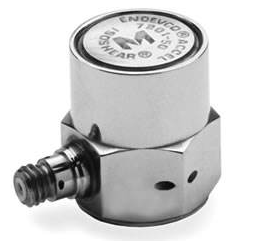Features and Advantages of Resistance Strain Sensor
The resistance strain sensor consists of a resistance strain gauge and a measurement circuit. The resistance of its sensitive components changes with mechanical deformation (elongation or shortening). It is widely used to measure force and some non-electrical parameters related to force (such as pressure, load, torque, acceleration, etc.)
The resistance strain sensor has the advantages of high precision, wide measuring range, long service life, simple structure, good frequency response characteristics, and can work under severe conditions, and is easy to realize miniaturization, integration, and variety.
Its shortcoming is that it has large nonlinearity for large strain and weak output signal, but certain compensation measures can be taken. It is therefore widely used in automated test and control technology.
Resistance strain sensor is the main classification of resistive sensor. It can be customized into different structural forms according to various measurement requirements. It can measure many physical quantities.
The resistance strain sensor is a resistive sensor that uses a resistance strain gauge as a conversion element. It consists of elastic sensitive components, resistance strain gauges, compensation resistors and housings, and can be designed into various structural forms according to specific measurement requirements. The elastic sensitive element is deformed by the measured force and deforms the resistance strain gauge attached thereto.
The resistance strain gauge then converts the deformation into a change in resistance value, which can measure various physical quantities such as force, pressure, torque, displacement, acceleration and temperature. Commonly used resistance strain sensors are strain gauge load cells, strain gauge pressure sensors, strain gauge torque sensors , strain gauge displacement sensors, strain gauge acceleration sensors and temperature gauges.
The strain gauge in the sensor has a strain effect of the metal, that is, mechanical deformation under the action of an external force, so that the resistance value changes accordingly. There are two types of resistance strain gauges: metal and semiconductor. Metal strain gauges are available in wire, foil and film.
Allicdata Electronic specialize in the production of Color Sensors, Current Transducers, force sensor, Flow Sensors, Image Sensors, Magnetic Sensors, Motion Sensors, Optical Sensors, Temperature Sensors,etc. If you are sourcing the products, please contact us, we will try our best to solve it for you. For more product information, please go to the website to get it.


